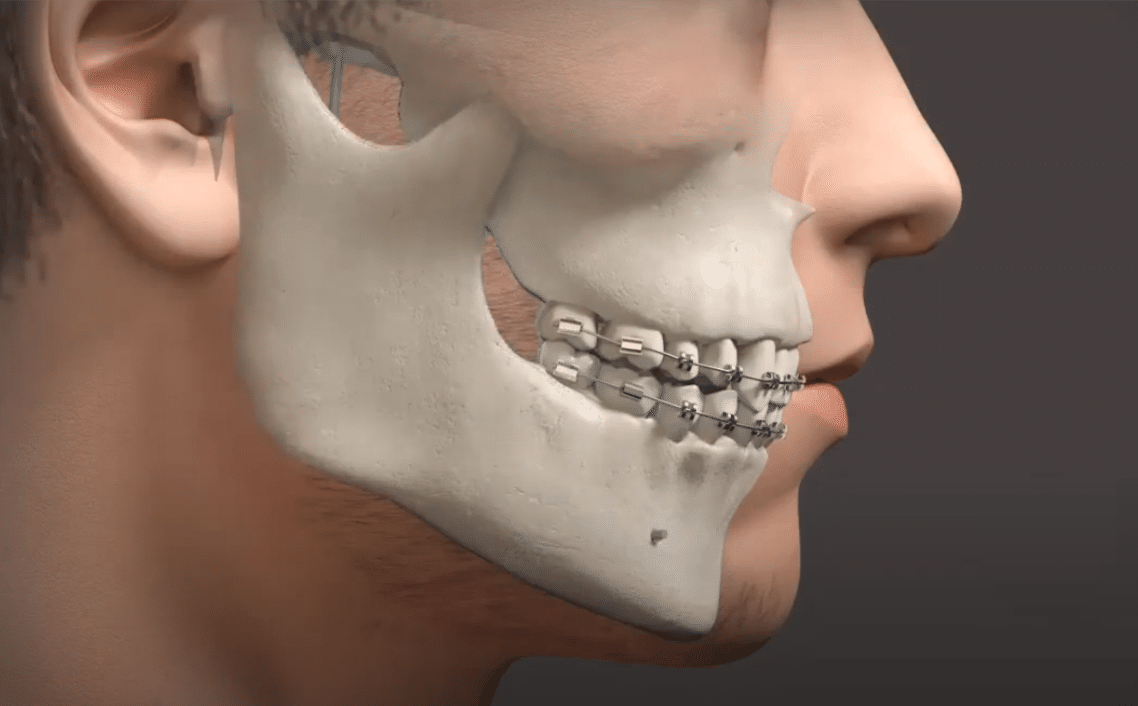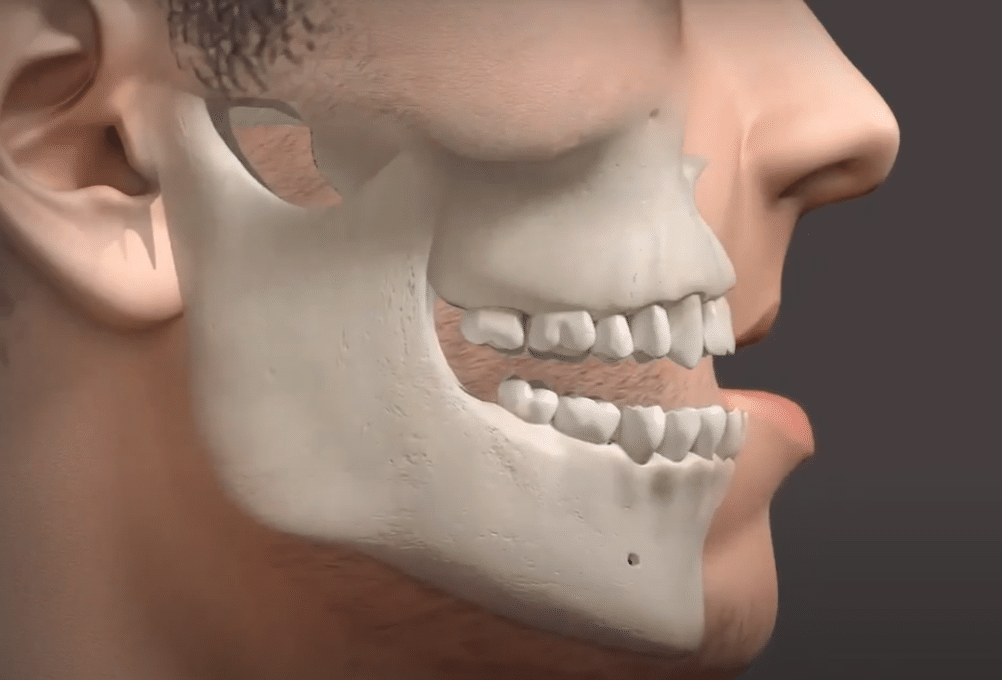What is surgical orthodontics?
Just as orthodontics repositions teeth, surgical orthodontics (also known as orthognathic surgery) corrects jaw irregularities to improve the patient´s ability to chew, speak, and breathe and for improved facial appearances. In other words, surgical orthodontics straightens your jaw. Moving the jaws also moves the teeth, so orthodontics is most always performed in conjunction with jaw correction. This helps make sure teeth are in their proper positions after surgery. Dr. Reed is an expert in surgical orthodontics whether it is orthognathic surgery, Cleft lip/Cleft Palate, or Temporomandibular condylar replacement (TMJ).

Who needs surgical orthodontics?
Your orthodontist will consider surgical orthodontic treatment for non-growing adult patients with improper bites and those with facial esthetic concerns. Jaw growth is usually accomplished around age 16 for girls and 18 for boys. All growth must be completed before jaw surgery can be performed. However the pre-surgical tooth movements can begin one to two years prior to these ages.
How does it work?
During presurgical orthodontic treatment, which usually lasts 9-18 months, you wear braces and will visit your orthodontist for scheduled adjustments to your braces. As your teeth move with the braces, you may think that your bite is getting worse rather than better. However, when your jaws are placed into proper alignment during orthognathic surgery, the teeth will then fit into their proper positions.
Surgery is performed in the hospital with an oral surgeon, and can take several hours, depending on the amount and type of surgery needed. In lower jaw surgery, the jawbone behind the teeth is separated and the tooth-bearing portion is moved forward or backward, as needed.
In upper jaw surgery, the jaw can be repositioned forward, the jaw can be raised or lowered and the jaw can be widened. Certain movements may require the jaws to be separated, with bone added/removed to achieve the proper alignment and stability. Other facial bones that contribute to alignment may also be repositioned or augmented.
When you have completed surgery, you should be able to return to school or work within two weeks. After the necessary healing time (about 4-8 weeks), your orthodontist “fine-tunes” your bite. In most cases, braces are removed within 6 months following surgery. After your braces are removed, you will wear a retainer to maintain your beautiful new smile.

Cleft Lip and Palate Surgery
Cleft lip and/or palate is one of the most common congenital anomalies affecting the skull and occurs approximately 1 in every 700 newborns. Treatment is required with multiple different specialists and the orthodontic treatment is crucial. Dr. Reed has immense experience in the treatment of newborns, children, teens and adults with cleft lip/palate. There are different stages of Cleft lip and palate when orthodontics is needed. The first stage is during infancy for pre-surgical orthopedics & lip closure, then as a child for preparation of alveolar bone grafting, and during teenage years with comprehensive orthodontics in preparation for the final bite with or without orthognathic jaw surgery. Dr. Reed has the expertise to treat you or your child no matter which stage of life you are in!











